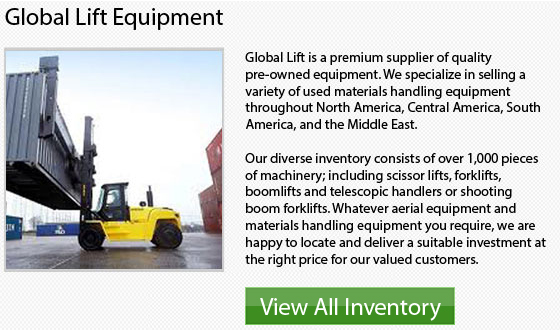
The forklift has become such an important piece of machine found and used in most industrial operations and warehousing, ever since its introduction to the market more than 90 years ago in the 1920's. Amongst the forklift's pioneers, Clark has grown to become an industry top supplier in the material handling business. Various other well-known names in the making of these equipment comprise: Mitsubishi, Cat, Toyota, Nissan, Yale and Hyster.
Hyster has grown to become amongst the most popular models of lift trucks in the business. As a matter of fact, in some places, the word "Hyster" is synonymous with forklift. Other common names for this industrial lifting machinery comprise: high/low, lift truck, jitney, fork truck and stacker truck.
It was in the 19th century that the machine ancestors of the lift truck was first made. At this time, small, battery-powered models were invented for the purpose of transporting traveler's luggage in Pennsylvania at the Altoona train station. During WWI, several different kinds were made within England specially for use in the material handling industry. These machinery evolved as a solution to the manpower shortage at that time.
The modern equivalents come in a variety of sizes and configurations. There are the big truck-mounted forklift models which are also called sod loaders and then the opposite end of the spectrum has small hand truck units. There are also a line of automated versions known as forklift automated guided vehicles which are practically robotic in nature. These models were developed as a means of lowering operational costs and to improve production.
Attachments have been made to fit onto lots of common forklifts, giving them the capability of performing a wider selection of jobs. The motors could be internal combustion or IC models, working on diesel, gasoline or propane, or there are battery operated options which require regular charging. Standard warehouse models will usually be rated to lift between roughly 1 and 5 tons.
The lift truck has become a priceless component in the material handling industry. Thousands of these units are used each and every day throughout the globe to perform jobs which used to need a lot more man-power. Operators have to take stringent training programs so as to safely and legally run these heavy machinery. Many workers have longer careers now and better overall health due to their not having to raise objects by hand anymore because the forklifts are capable of handling those situations now instead.